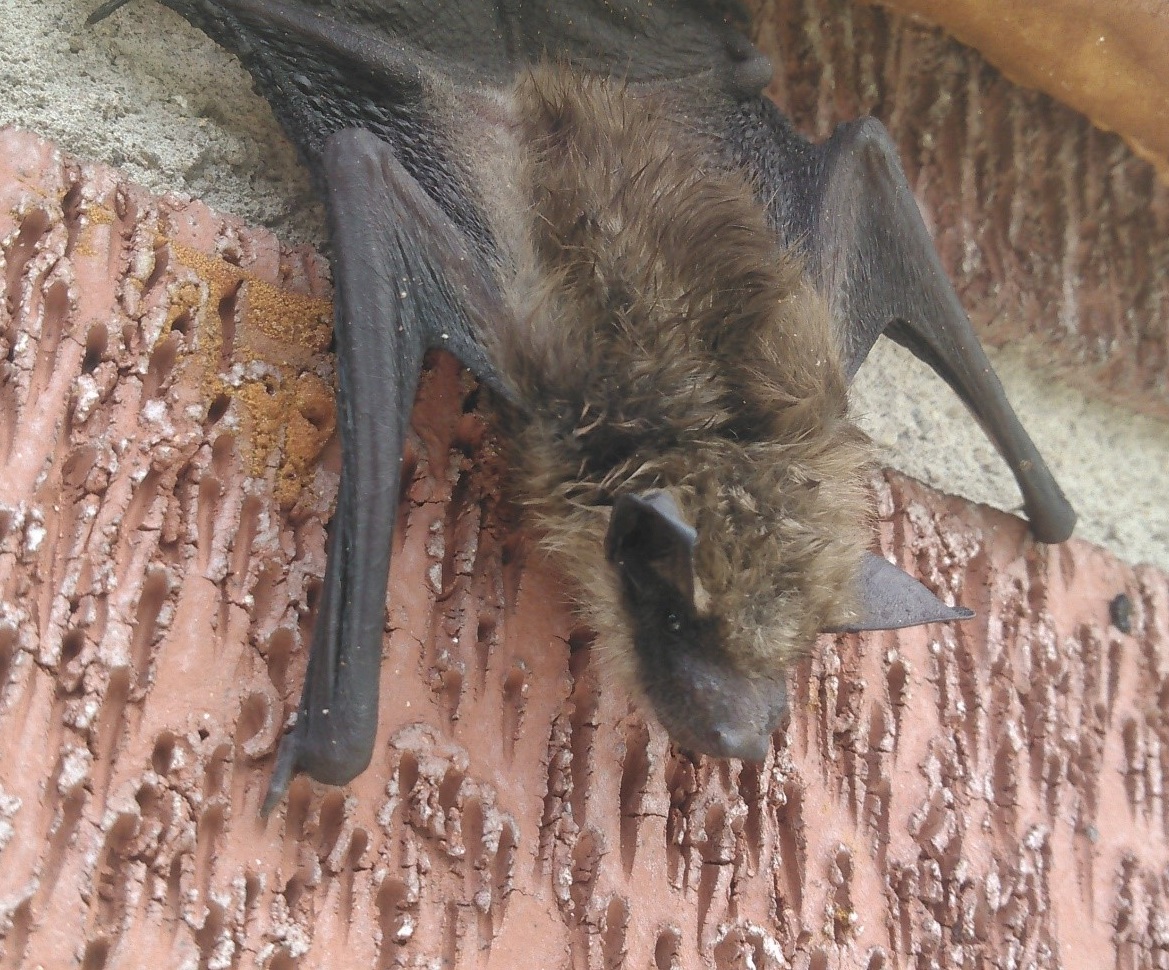A Guide on How to Remove Animal in The Attic

One of the homeowners biggest concerns is what to do if they discover a pest living on their property. Now obviously, some pests are trickier than others – you won't get bats in the attic out the same way you would, say, a family of raccoons. So the first thing you'll want to do is read up a little on the area you live in. This will help you determine which animals are most likely to bother you, and also allow you to devise a plan, in case of infestation.
While we can't offer you an evacuation plan for every potential pest out there, below you'll find some general tips and practices, to ensure the safe evacuation of a pest in the attic.
Why the attic?
It's actually worth considering this question from a prevention standpoint. The reason why so many pests are attracted to your attic is that it is a fairly isolated space that doesn't see much human traffic. Since you probably don't go up there very often, that means any animal living up there will have fewer chances of getting discovered, which automatically makes the attic a pretty neat home.
On top of that, many people use the attic for storage, which provides animals with plenty of nesting materials, and hiding places inside boxes, bags, etc.
Add to that the many structural damages (cracks, holes, missing shingles, etc.) that your attic and roof are likely to experience, and you've got a pest paradise.
So what should you do about pests in the attic?
1. Examine the space for entry points.
It's paramount that you identify where they're coming from before you actually start thinking about preventive or removal methods. Because as long as the entry space remains free and clear, it's just an invitation to more wild animals to squeeze into your home.
Often, our roofs and attics can suffer damage like torn shingles, broken windows, and so on, that we're not even aware of. This is why experts recommend inspecting your roof and attic once a season, at least, and thoroughly assessing walls, windows, and so on. Remember, it may look like a small-ish hole to you, but to a raccoon hiding in your attic, it will provide the ideal doorway.
When you do find entry points, you will want to seal them, ideally with something that the pests won't immediately be able to chew or claw their way through. Try wire mesh, inflatable foam, or caulk to prevent future “break-ins”.
2. Assess the type of pest.
In removing a wild animal from your property, it's also important that you identify the kind of animal. Is it a lone pest? Is it a small tribe? Is it a family? Families are trickiest to evict, since for most pests, it's usually the mother who keeps making back and forth journeys for food and whatnot, leaving the babies alone.
So there is always the risk of sealing the entry point while the mother is out, thus blocking her off from her babies, which is cruel, and potentially dangerous for you, as they may well starve up there, and cause more trouble.
3. Remove attraction points.
Remember that wild animals won't move into your house simply because they like the color of the walls. They will move into your attic largely because it offers easy access to other, more important resources like food and water.
If you're frequently dealing with pest problems, there's a good chance you've got at least one of these resources on your property. It might be a bird bath, an exposed trash can, or pet food left out overnight… The possibilities are endless. So inspect the rest of the home, as well as your yard, looking for potential food and water sources. Remember most pests aren't picky. They'd likely eat a lot of things you might not necessarily perceive as edible.
4. Call a professional.
Many homeowners are tempted to try DIY pest removal, except that often proves inefficient and dangerous. When handling a wild animal, using killing traps/poisons can prove inefficient, on top of inhumane. With poison, in particular, it's slow-acting, cruel, and may cause the animal to crawl into an inaccessible spot (e.g. the wall).
Live trapping may seem like a great alternative, and if you're determined to handle the problem yourself, that's what we recommend. However, the best and easiest solution is to call a professional like Frank's Wildlife Removal. Not only will they be able to get rid of the animal for you in a humane and time-efficient manner, but they will also help with future prevention and attic restoration. While DIY removal may seem more cost-effective, when you add up everything from protective gear, to cleaning and restoration material, you may find it's not quite the case.
839GYLCCC1992



Leave a Reply